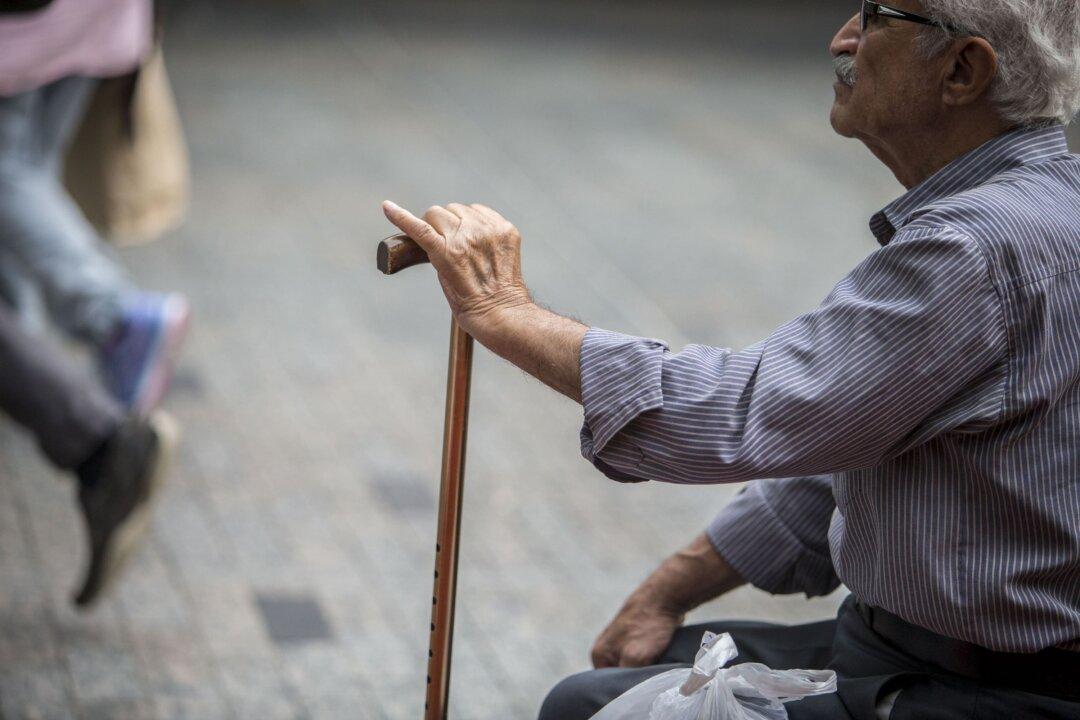Over 306 Victorians died using the state’s euthanasia laws last financial year, a steady increase since the practice was legalised, a report has found.
The Voluntary Assisted Dying Review Board annual report found from July 1, 2022, to June 30, 2023, deaths from people accessing a voluntary assisted dying (VAD) substance rose by 11 percent.





